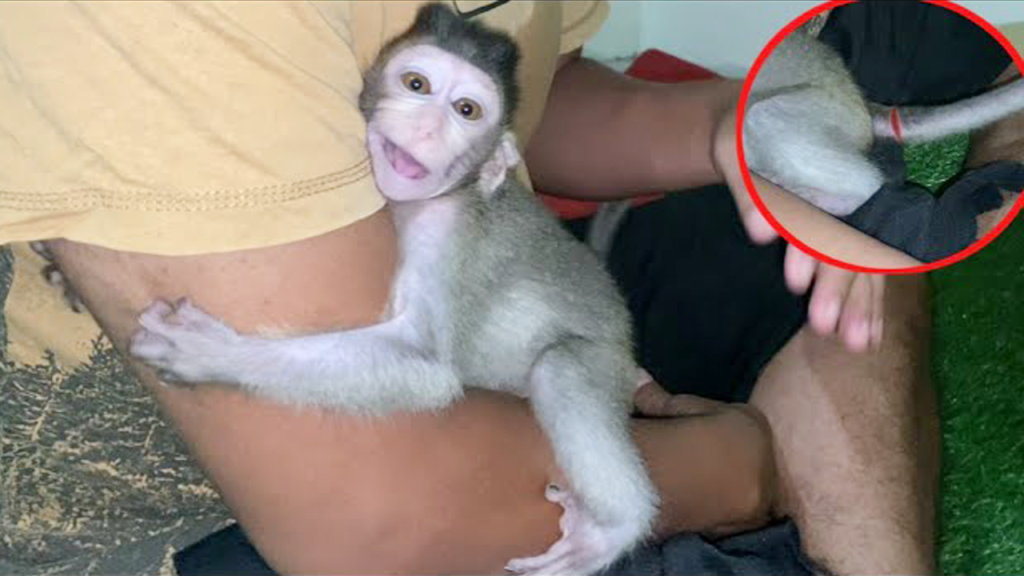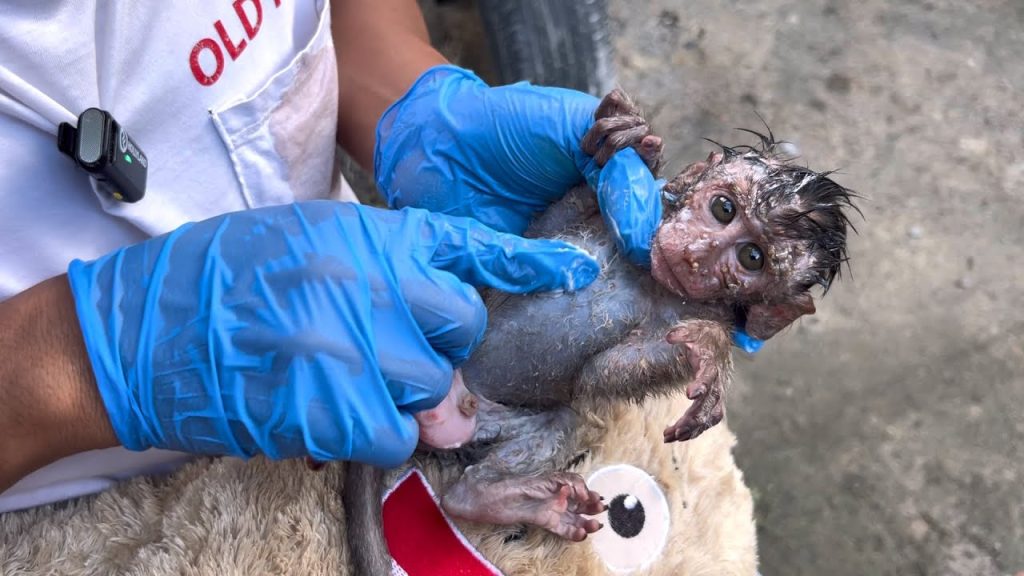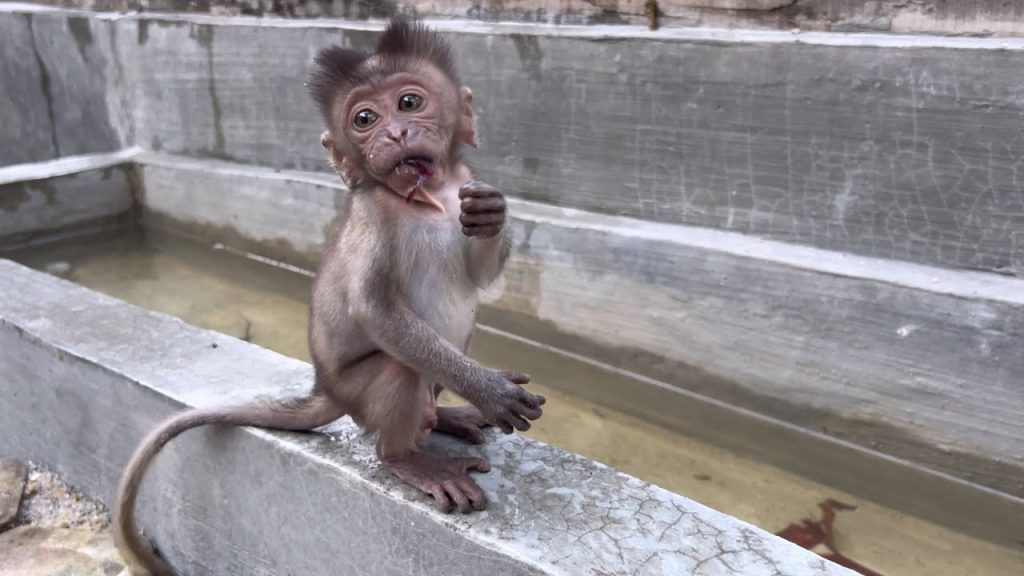
A baby primate with a nearly amputated tail in a transactional context such as an animal market is not simply a “victim” of an injury — it is a data point inside a commerce-driven feedback loop, where the brokenness itself is sometimes part of the supply chain. Tails on macaques are not decorative: they are vestibular stabilizers, social signals, rank cues, and proprioceptive anchors. A tail that is “nearly breaked off” — colloquial phrasing but clinically accurate enough — indicates traction injury, torsion injury, crushing injury, or predator bite. In markets, the most common etiology is restraint trauma from rope, thin cord, or wire. In that context, the triage is not just blood loss. The tail has a terminal artery. Necrosis can develop, infection can spread proximally, and osteomyelitis can kill faster than dehydration if left unchecked. The correct first step is not amputate — the correct first step is assessment: capillary refill, sensory function, odor, necrotic margin color, and pain reflex. Only after diagnostic inference do you plan a surgical line of demarcation. And if you amputate, you amputate above the necrotic margin, not at the tear line.
But the deeper horror is that markets turn novelty into value. A damaged neonate sometimes becomes more “interesting” to the buyer — like an accessory with a narrative. People think the cruelty is the injury. But the cruelty is the market logic that makes that injury saleable. If you want to rescue ethically, the protocol must not reward the supply chain. Buying the infant to “save” it is actually paying the invoice that ensures another infant is taken tomorrow. True rescue does not become a customer. True rescue becomes a disruptor: confiscation via legal authority, documentation for enforcement, public-health argumentation against zoonotic spillover, and structural pressure to collapse the commercial viability of that supply chain.
The second obligation is species-appropriate rehab. If you amputate tail, you must plan for how altered biomechanics may impair climbing, troop acceptance, and social rank. A tailless macaque is not automatically doomed — but welfare planning must be future-oriented, not sentimental. And again: the ethical rescuer should be invisible. If the animal builds narrative memory around you, that memory becomes a barrier to wild autonomy. Rescue done correctly leaves no face in the monkey’s mind — only a future in the forest.


